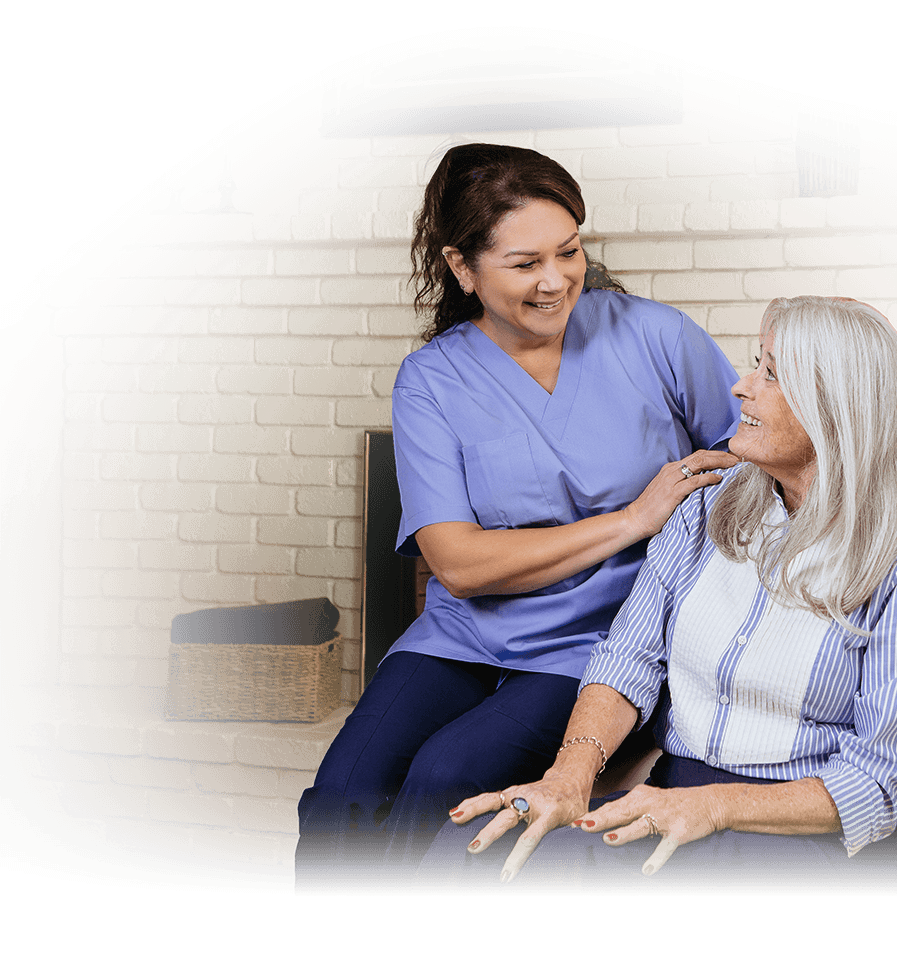Understand Fall Risk
A fall risk analysis offers you a picture of potential hazards in your loved one’s living space that may lead to a fall, along with solutions to reduce the risk.
Please submit this form below and we will chat shortly!
A fall risk analysis helps determine the proactive and personalized strategies your loved one needs to keep them steady and confident on their feet.

A fall risk analysis offers you a picture of potential hazards in your loved one’s living space that may lead to a fall, along with solutions to reduce the risk.
A fall risk test allows us to create a tailored care plan for your loved one’s unique situation, based on factors like their living situation and the medication they are taking.
A comprehensive analysis enables us to create preventative measures for your loved one by identifying factors that could increase their risk of falling and implementing preventative measures, such as handrail installation or new lighting.
Our Balance Tracking System provides objective, accurate, and reliable measurements to evaluate your loved one’s fall risk. After evaluation, our program offers five comprehensive results for interpretation, including:
After an initial analysis, additional fall risk tests on occasion can help determine whether your loved one is improving their postural sway.
A fall risk analysis is used to evaluate if an individual has a low, moderate, or high risk of falling.
If the fall assessment finds a high risk, your care team will take immediate steps to create a prevention plan. This plan includes strategies to improve their physical strength and balance, alterations to their living environment to minimize hazards, and a review of their medications with a healthcare professional.
Fall risk tests are conducted to help you keep your loved one safe and make sure that prevention methods are put into place as needed.
According to the Centers for Disease Control and Prevention, falls are the leading cause of injury among the elderly in the United States.
As your loved one ages, their risk of falling increases due to a wide range of factors, including reduced muscle strength, balance issues, vision changes, and side effects from fall risk medications.
Falls in the elderly can result in serious injuries, such as fractures or head trauma, and can also lead to a fear of falling, which in turn may limit their hobbies and reduce their quality of life.
Yes. The Balance Tracking System utilizes sophisticated technology, such as sensors, accelerometer-based algorithms, and machine learning to gather and analyze data about your loved one’s balance and provide accurate, reliable insights.
At Always Best Care, we use the Balance Tracking System in tandem with additional approaches to determine your loved one’s fall risk.
Our healthcare professionals will consider different factors that can contribute to the risk of falling, including your loved one’s physical health, muscle strength, vision, medication use, environmental factors, and history of falls (if any).
Our aim is to create a detailed picture of your loved one’s overall health and potential fall risk. This allows us to develop a personalized fall prevention strategy for your loved one that focuses on enhancing their safety, preserving their independence, and improving their quality of life.
Here are some simple yet effective strategies to help reduce your loved one’s fall risk and enhance their overall safety: